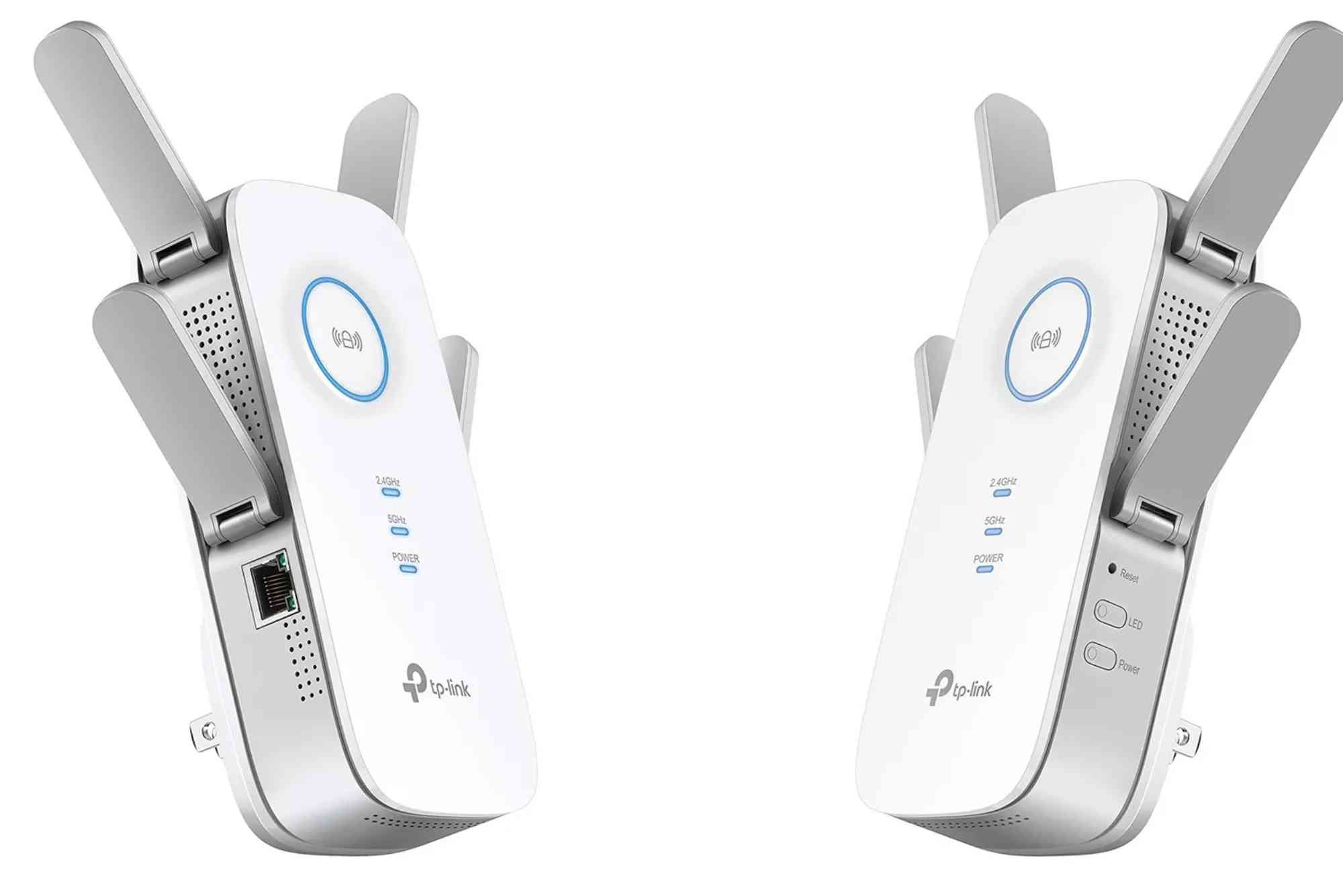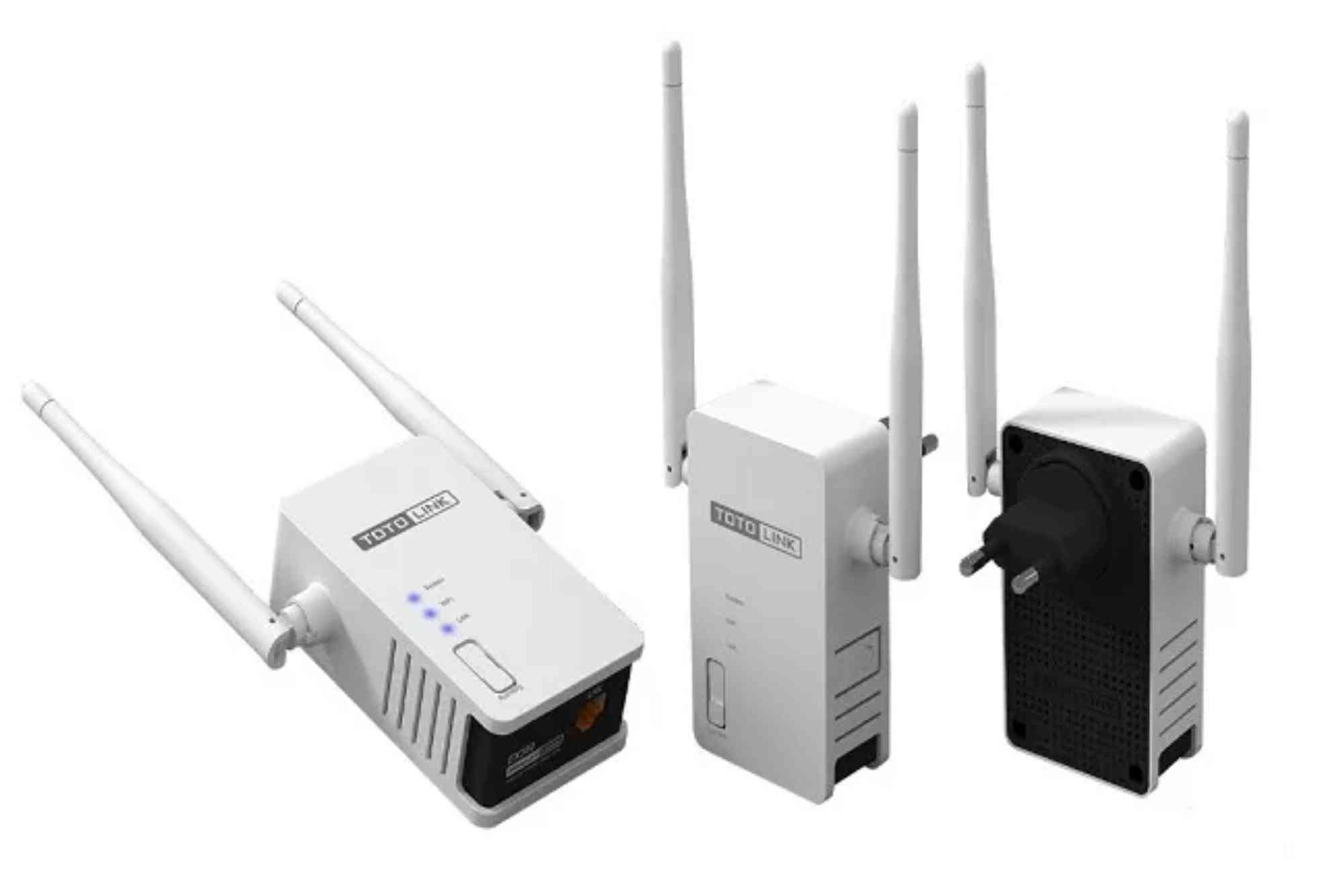Introduction
Monitoring your network traffic is one of the most crucial steps in maintaining cybersecurity. In today’s digital environment, businesses and individuals face constant threats from malicious actors, malware, and suspicious activities that can compromise sensitive data. Knowing how to monitor network traffic for security not only helps detect these threats early but also ensures compliance, performance optimization, and overall safety of your digital infrastructure. Whether you’re managing a corporate IT environment or protecting a personal network, network monitoring should be a core component of your security strategy.
Why Monitoring Network Traffic Matters
Cybersecurity threats evolve daily, and attackers continuously look for vulnerabilities. By monitoring network traffic, you gain visibility into every packet traveling across your systems. This helps you spot anomalies, such as unusual bandwidth usage, unexpected IP connections, or unauthorized data transfers. Without visibility, threats remain hidden, often surfacing only after severe damage is done.
Understanding Network Traffic Monitoring
Network traffic monitoring is the practice of capturing, analyzing, and interpreting data packets traveling over your network. Tools designed for this purpose collect information like source and destination addresses, types of protocols, traffic volume, and patterns of communication. By studying this data, security teams can distinguish between normal activity and suspicious behavior that signals potential threats.
Types of Network Traffic Monitoring
There are several ways to monitor traffic depending on your goals and resources. Deep packet inspection provides detailed analysis of content, flow monitoring summarizes traffic patterns, and anomaly detection highlights unusual activities. Choosing the right approach depends on your network size and security requirements.
Key Benefits of Monitoring Network Traffic for Security
Monitoring offers several critical advantages that go beyond just detecting threats. It also provides insights into performance, compliance, and user behavior.
Early Detection of Security Threats
Real-time monitoring alerts you to malicious activity before it escalates. Detecting anomalies early helps prevent data breaches and financial losses.
Improved Network Performance
Monitoring identifies bandwidth hogs and performance bottlenecks. Addressing these issues optimizes resource allocation, ensuring better user experiences.
Compliance and Regulatory Requirements
Many industries require monitoring as part of compliance frameworks. Regular traffic analysis helps businesses stay aligned with standards like GDPR, HIPAA, or PCI DSS.
Enhanced Incident Response
When an incident occurs, logs from monitoring tools provide valuable forensic data. This accelerates investigation and recovery, reducing downtime and costs.
How to Monitor Network Traffic for Security Effectively
Monitoring isn’t just about installing a tool and forgetting about it. To truly protect your systems, you need a structured approach.
Define Your Security Objectives
Start by identifying what you want to achieve with monitoring. Objectives could include detecting intrusions, ensuring compliance, or tracking insider threats. Clear goals guide tool selection and monitoring practices.
Choose the Right Monitoring Tools
There are numerous tools available, ranging from open-source to enterprise-grade. Wireshark, SolarWinds, Nagios, and PRTG Network Monitor are popular options. Cloud-based solutions also offer scalability and ease of use. For businesses in South Asia, providers like Dhanote Internet Services deliver reliable connectivity that supports smooth monitoring operations.
Implement Continuous Monitoring
Security is not a one-time task. Set up continuous, automated monitoring to detect anomalies in real time. Use dashboards and alerts to stay informed about unusual activity.
Establish Baseline Traffic Patterns
Understanding what normal traffic looks like in your environment is essential. Baselines allow you to quickly recognize when something deviates from the norm, which could signal a threat.
Use Intrusion Detection and Prevention Systems
IDS and IPS solutions analyze traffic and alert you to suspicious behavior. They can block malicious activity automatically, providing an additional layer of defense.
Segment and Prioritize Critical Assets
Not all traffic is equally important. Focus monitoring on critical servers, databases, and applications where sensitive data resides. Network segmentation ensures threats don’t spread easily across systems.
Regularly Update and Patch Systems
Monitoring alone isn’t enough if systems remain vulnerable. Regular updates, security patches, and firmware upgrades close loopholes that attackers might exploit.
Train Staff on Security Awareness
Even with the best tools, human error remains a risk. Educate employees on phishing, safe browsing, and data protection practices to reduce vulnerabilities.
Common Challenges in Monitoring Network Traffic
While beneficial, monitoring comes with challenges. The volume of traffic in large networks can overwhelm tools, generating too much data to analyze effectively. False positives may cause alert fatigue, leading teams to overlook real threats. Balancing privacy with monitoring is another challenge, as analyzing packet contents can raise concerns about user confidentiality. Overcoming these challenges requires well-configured systems, clear policies, and the use of automation for data analysis.
Best Practices for Monitoring Network Traffic for Security
Adopting industry best practices ensures more effective monitoring:
-
Use layered security: Combine monitoring with firewalls, antivirus, and endpoint protection.
-
Automate where possible: Reduce human workload and errors with automated alerts and reports.
-
Store logs securely: Maintain historical records for compliance and forensic analysis.
-
Regularly review and update policies: Adapt to evolving threats with frequent reviews.
Real-World Applications of Network Traffic Monitoring
Businesses across industries benefit from monitoring. Financial institutions use it to detect fraud attempts. Healthcare providers rely on monitoring to protect patient data. E-commerce platforms analyze traffic to spot bot activity and DDoS attacks. Even small businesses and home users can gain protection by monitoring their routers for unusual activity.
Take Control of Your Network Security
Learning how to monitor network traffic for security is no longer optional; it is essential for protecting data, systems, and user trust. By implementing the right tools, defining clear objectives, and following best practices, you can detect threats early, respond effectively, and keep your digital environment safe.
Cybersecurity threats will continue to evolve, but proactive monitoring gives you the upper hand. Don’t wait for a breach to reveal vulnerabilities. Start monitoring today and safeguard your systems from hidden dangers. If you want reliable connectivity and secure monitoring infrastructure, explore trusted providers like Dhanote Internet Services to strengthen your defense.
FAQs
How can I monitor my home network traffic for security?
You can use router logs, network monitoring software, or intrusion detection systems to track suspicious activity on your home network.
What are the best free tools for network traffic monitoring?
Popular free tools include Wireshark, Nagios Core, and ntopng. They provide powerful features for traffic analysis at no cost.
Is monitoring network traffic legal?
Yes, monitoring is legal if done on your own network. Monitoring someone else’s traffic without consent may violate privacy laws.
How often should I review network traffic logs?
Ideally, monitoring should be continuous. However, logs should be reviewed daily or weekly depending on the sensitivity of the environment.
Can monitoring prevent cyberattacks?
Monitoring doesn’t prevent attacks but helps detect them early. Combined with other security measures, it significantly reduces risks.








